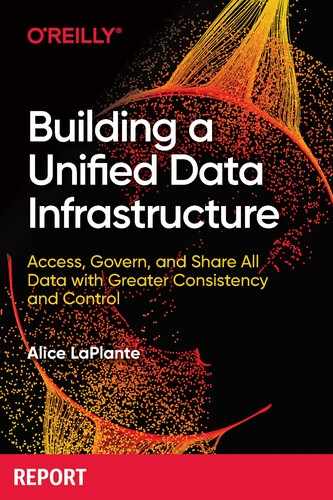Book Description
The vast majority of businesses today already have a documented data strategy. But only a third of these forward-thinking companies have evolved into data-driven organizations or even begun to move toward a data culture. Most have yet to treat data as a business asset, much less use data and analytics to compete in the marketplace. What’s the solution?
This insightful report demonstrates the importance of creating a holistic data infrastructure approach. You’ll learn how data virtualization (DV), master data management (MDM), and metadata-management capabilities can help your organization meet business objectives. Chief data officers, enterprise architects, analytics leaders, and line-of-business executives will understand the benefits of combining these capabilities into a unified data platform.
- Explore three separate business contexts that depend on data: operations, analytics, and governance
- Learn a pragmatic and holistic approach to building a unified data infrastructure
- Understand the critical capabilities of this approach, including the ability to work with existing technology
- Apply six best practices for combining data management capabilities
